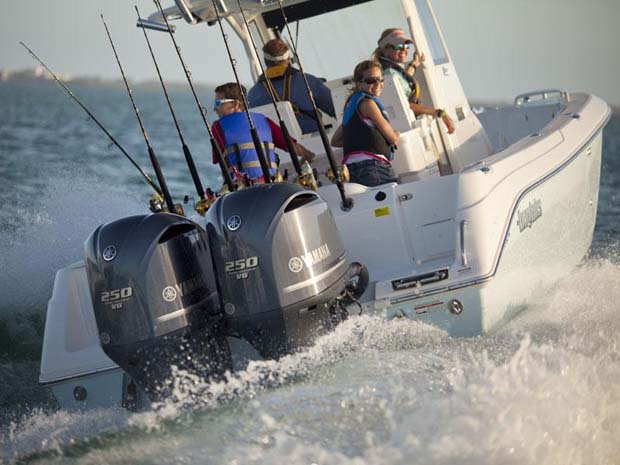Check List For summer:
 [dropcap]C[/dropcap]heck your fuel to make sure it’s fresh and ready to go. If it’s not, replace it (please dispose of old fuel properly). Remember to run marine-grade fuel stabilizer and conditioner in each and every tank, whether or not your fuel contains ethanol.
[dropcap]C[/dropcap]heck your fuel to make sure it’s fresh and ready to go. If it’s not, replace it (please dispose of old fuel properly). Remember to run marine-grade fuel stabilizer and conditioner in each and every tank, whether or not your fuel contains ethanol.
Change your 10-micron water separating fuel filter (or add one if you don’t have one). Also, double check the condition of fuel lines and their connections, making sure all hose clamps are tightened properly.
Check the oil – if you didn’t change it before putting the boat up last fall, now is the time to change it and the oil filter. If you run a two-stroke, check to make sure the oiling system is working properly.
Propellers
Ordinarily, your shiny stainless steel propeller stays looking just like that for years and years. However, in some harsh environments surface discoloration (what many folks call “rust”) can appear on the surface of a prop. So why is this, and what can be done to prevent it?
First off, remember that propellers are “stain-less,” not stain-proof. There is a measure of iron contained in any stainless steel propeller in order to maintain the necessary hardness in metallurgy. Therefore, depending on how you use and care for your propeller, surface discoloration can appear over time. It doesn’t affect performance, just appearance. Prevention, rather than removal, is best.
Thoroughly rinse the props with fresh water (and perhaps mild liquid soap) after each use. For stubborn stains, try a soft rag and spray-on household bathroom cleaner, hydrogen peroxide, or a mild rubbing compound. Some commercially-available polishes also produce good results. Always remember to rinse the prop thoroughly with fresh, clean water immediately afterward.
NOTE:
Since surface discoloration is not a defect in materials or workmanship, and the environment in which a prop is used and how it’s maintained is beyond a manufacturer’s control.
Source – Yamaha Motors


